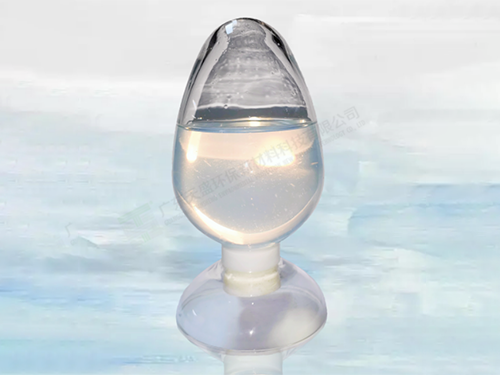
1. Light spot
The main reason for light spots is uneven pre-treatment, poor hair effect in some parts, resulting in certain dye repellency, or containing dye repellent substances. During pre-treatment, there are calcium soap, magnesium soap, etc. on the cloth, uneven mercerization, uneven drying of semi-finished products, or solid stains such as undissolved elemental powder, soda ash, etc. on the cloth surface, or dripping water before dyeing drying, or auxiliary stains during dyeing and softening treatment. Similarly, targeted treatment must be carried out, such as strengthening pre-treatment. When selecting pre-treatment additives, it is necessary to prevent the formation of calcium magnesium soap, and the pre-treatment must be uniform and thorough (related to the selection of scouring agents, penetrating agents, chelating dispersants, mercerizing penetrating agents, etc.). Sodium carbonate, soda ash, and other materials must be well processed and stored in the tank, and production management work must be strengthened.
2. Softener stain
There are several possible reasons for softening agent stains:
(1) The soft film material is not good, and there are block like softeners adhering to the fabric;
(2) There is too much foam after the film is melted. When the cloth comes out of the vat, the cloth is stained with softener foam;
(3) The water quality is poor, the hardness is too high, and impurities in the water combine with softeners to coagulate on the fabric. Some factories even use sodium hexametaphosphate or alum to treat water, which forms flocculent substances with impurities in the water and causes stains on the cloth surface after entering the soft treatment bath;
(4) The fabric surface contains anionic substances, which combine with cationic softeners to form stains when eaten soft, or the fabric surface contains alkali, causing the softener to condense;
(5) The structure of softeners is different, some of which cause the softener to change from an emulsified state to a residue like substance adhering to the fabric at higher temperatures, and so on;
(6) There are substances such as tar like softeners in the cylinder that fall off and stick to the fabric.
3. Silicone oil stains
Silicone oil stains are the most difficult to treat type of stains, mainly due to:
(1) The pH value of the cloth surface is not neutral, especially with alkali, causing silicone oil to break through and float;
(2) The water quality of the treatment bath is too poor and the hardness is too high. Silicone oil is prone to oil floating in water with a hardness greater than 15Omg/L;
(3) The quality issues of silicone oil include poor emulsification (poor selection of emulsifiers, poor emulsification process, too large emulsified particles, etc.), lack of shear resistance (mainly due to issues with silicone oil itself, such as silicone oil quality, emulsification system, silicone oil variety, silicone oil synthesis process, etc.).
You can choose silicone oil that is resistant to shear, electrolyte, and pH changes, but pay attention to the usage and environment of silicone oil, and also consider choosing hydrophilic silicone oil from Guangdong Tiansheng New Materials~
About
Brief introduction Application Certificate Laboratory Connectproduct
Post finishing agent Enzymatic water Brightener Printing/Coating Additives MoreNews
Dynamic Lnformation Common
Mobile website

TRL:+86 0769-88124837
Chinese mailbox:dgtshdrl@163.com
English mailbox:postmaster@tianshengchem.com
Guangdong Tiansheng Environmental Protection New Material Technology Co., Ltd. Copyright © 2023 all rights reserved